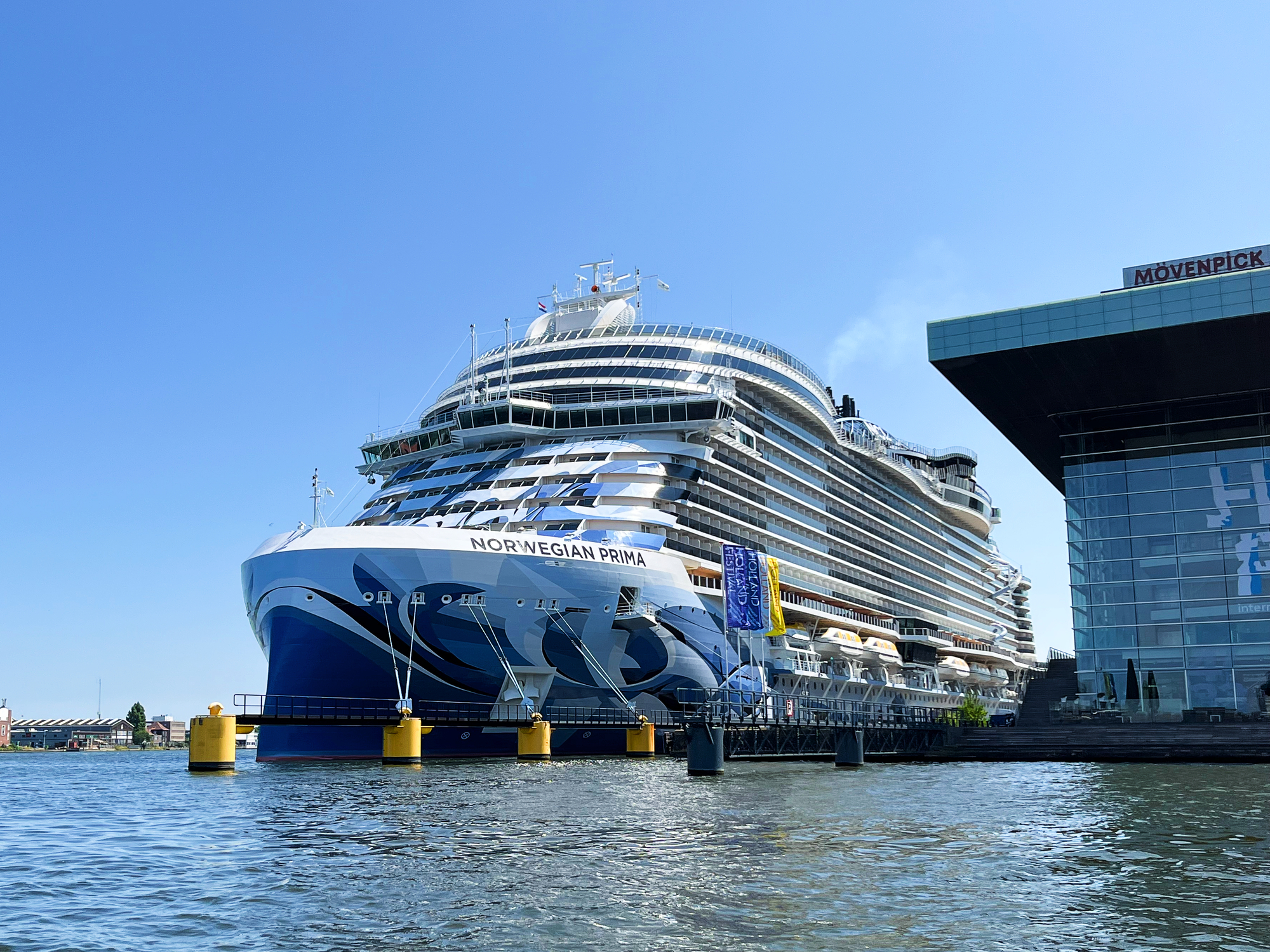 By Michael Grey*
By Michael Grey*
It represents one of the “least sustainable ways of going on holiday”, whimpered some “expert” of an unidentified discipline (probably either a climate scientist or a freelance consultant specialising in the promotion of mandatory misery). In case you haven’t guessed, it is, of course, cruising and the peak of the season in the north has been replete with calls to ban their huge hulls from the places that their passengers most like to visit.
It is the pollution, some critics whine, while others merely complain of the numbers of people surging down the cruise ship gangways and shouldering them off the pavements of their besieged towns and cities. To compound the manifold sins of their presence, the blighters don’t spend enough when they are ashore, bringing their own sandwiches and rushing back on board in time for dinner.
There is a head of steam building over the problem of too many cruise ships. Venice has voted to ban them from the lagoon, while several US resorts and most lately Amsterdam has resolved to keep them at arm’s length. Orkney, with a population which could easily be accommodated in a couple of Mr Arison’s biggest babies, has been expressing alarm at being swamped, or even submerged, by ship-borne tourists. Barcelona and other popular ports in the Mediterranean have been complaining for several years. There have been pleas for those responsible for the itineraries of these huge ships to offer something other than the obvious. Can they not market the charms of cruises to places that have yet to be discovered?
There is, of course, something of a dichotomy in the landside approach to visiting cruise ships. Port authorities have energetic marketing departments working night and day to persuade the lines to use their ports. They spend lots of money on elegant new terminals, wreathed in exotic plants, egged on by the various interests that will profit mightily from the addition of their port to the itinerary of a significant cruise line. Proprietors of motor coaches, taxis, along with the myriad of folk whose prosperity depends on footfall in the local attractions, are delighted when a new customer is announced.
You clearly can have too much of a good thing and the sheer size of the new cruise ship monsters, few of which could be described as elegant by even the most generous of observers, militates against them. And while they may be stopping just a matter of hours, there will be another along to take its place, just as long as the season lasts. If you are not usefully engaged in the business of servicing cruise ships and their passengers, they are a very limited attraction, especially if some huge hulk is blocking up the view from your waterside condominium, with groups of passengers on their balconies audibly commenting on the colour of your curtains.
Absorbing the sheer size and numbers
The cruise lines do the best they can to placate the restive natives in their ports. They try and answer the climate critics by cold ironing to mitigate the noise they make, bunker their ships with LNG and other greener fuels and instruct their masters not to deafen local inhabitants with their mighty sirens. Some of the biggest even have their own ports, where it would be surprising if anyone complained about the frequency of their arrivals.
But it is the sheer size and number of the ships that ultimately act against them, the economics of scale which justify their capacity effectively making as many enemies ashore as they have happy friends afloat. The complaint about “sustainability” is just the latest cudgel to beat up this successful sector, by an activist army that will undoubtedly redouble its offensive and will not rest until the big ships and their particular bugbear of “fly-cruising” are banned.
It is obvious that companies which shell out the best part of a billion dollars on a single huge hull will not cave in to these attacks. They might try rather harder to find newer destinations, and sell them more energetically. And bearing in mind the astonishing range of attractions aboard some of the more extravagant monsters, they might be rather more self-contained, and avoid going to way-ports, with their whining and complaining inhabitants, at all.
(Dreamstime photo of large cruise ship at Amsterdam)
*Michael Grey is former editor of Lloyd’s List. This column is published with the kind permission of The Maritime Advocate.





